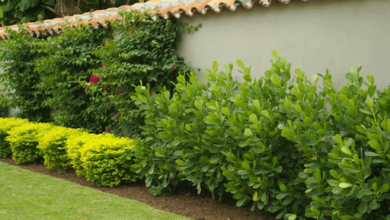The Poetry Cat: How Feline Muses Inspire Poetry

Introduction:
The Poetry Cat! Poetry has always been a form of artistic expression, allowing writers to convey emotions, ideas, and experiences in a creative and imaginative way. While the inspiration for poetry can come from many sources, one unlikely but beloved muse is the poetry cat.
In this article, we will explore the unique relationship between cats and poetry, how feline muses inspire poets, and some notable examples of poetry featuring cats.
The Poetry Cat: A Feline Muse
Cats have been a source of inspiration for artists and writers throughout history, and for good reason. They are mysterious, elegant creatures with an air of sophistication that can be both alluring and enigmatic. Their grace, agility, and beauty make them the perfect subjects for poetry, as they inspire emotions such as admiration, curiosity, and even humor.
Cats also have a long association with literature and poetry, with many famous writers such as T.S. Eliot, Edgar Allan Poe, and William Butler Yeats featuring them in their works. The popularity of cats in poetry is not just limited to famous writers, however. Many amateur poets have also been inspired by their feline companions, using them as muses for their poetic endeavors.
How Feline Muses Inspire Poetry
Cats are known for their independent and aloof nature, which can be both frustrating and endearing to their owners. This personality trait can be a source of inspiration for poets, who often explore themes such as solitude, introspection, and mystery in their works. Cats’ unique behaviors, such as their tendency to stare into space or play with small objects, can also provide fodder for poetic musings.
One way that cats inspire poetry is through their physical attributes. Their sleek coats, bright eyes, and delicate paws make them a beautiful and captivating subject for descriptive poetry. Poets can explore the texture, color, and movement of their feline muses, using sensory language to create vivid and engaging imagery.
Cats also inspire poetry through their behavior and personality. Their independent and aloof nature can evoke feelings of admiration or longing in poets, who may explore themes such as solitude or the search for meaning in their works. Conversely, their playful and mischievous nature can inspire humorous or lighthearted poetry, exploring the joys and challenges of living with a feline companion.
Notable Examples of Poetry Featuring Cats
The influence of cats on poetry is evident in the numerous examples of poems that feature feline muses. Here are some notable examples:
- “The Love Song of J. Alfred Prufrock” by T.S. Eliot – This famous poem features the line “I should have been a pair of ragged claws / Scuttling across the floors of silent seas,” referencing the image of a cat’s paws scurrying across a hardwood floor.
- “The Black Cat” by Edgar Allan Poe – This eerie poem tells the story of a man’s descent into madness, with a black cat as the focal point of his obsession.
- “The Cat and the Moon” by W.B. Yeats – This playful poem explores the relationship between a cat and the moon, using playful imagery and rhyme to create a lighthearted tone.
- “On Cats” by Jorge Luis Borges – This collection of short poems explores the many facets of cats, including their elegance, mystery, and independence.
Conclusion:
The poetry cat is a beloved and inspiring muse for poets, providing a source of beauty, mystery, and humor for their works. Cats’ physical attributes, behavior, and personality all serve as inspiration for poets, allowing them to explore themes such as solitude, playfulness, and introspection. From famous writers to amateur poets, cats have left an indelible mark on the world of poetry, inspiring countless works that capture the essence of feline grace and mystique. Whether you’re a cat lover or a poetry enthusiast, there’s no denying the enduring appeal of the poetry cat.




